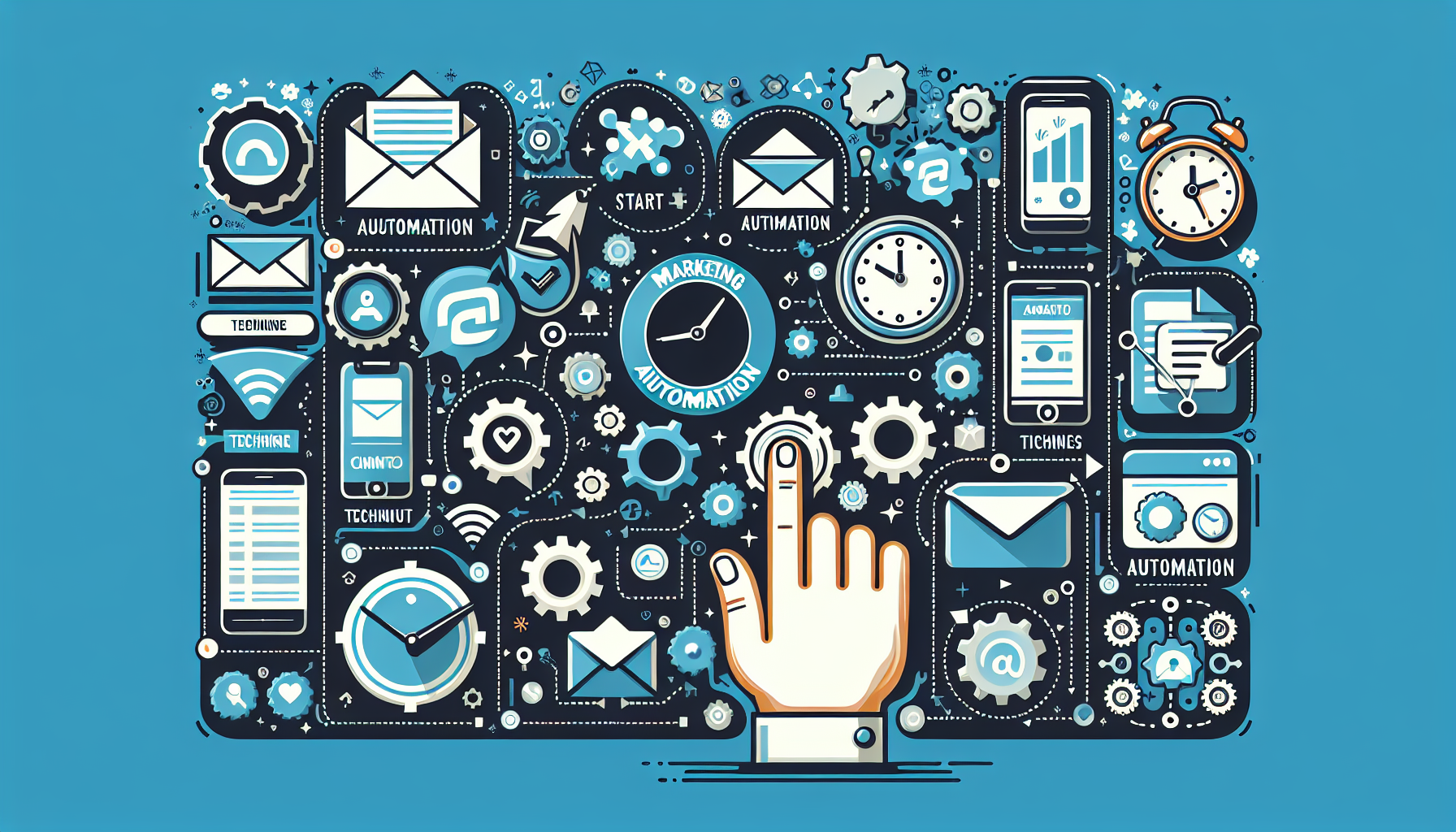Understanding Email Marketing Automation
Email marketing automation is a powerful strategy that allows businesses to engage with their audience efficiently. It entails using software to send targeted email campaigns to subscribers based on their behaviors, preferences, and demographics. By leveraging automation, businesses can not only streamline their marketing processes but also enhance their overall reach, conversion rates, and customer relationships.
Key Features of Email Marketing Automation Tools
-
Segmentation: The ability to segment your audience based on various criteria such as age, location, purchase history, and engagement level is crucial. Effective segmentation allows marketers to create tailored messages that resonate with specific groups, increasing the likelihood of conversion.
-
Personalization: Automated email campaigns can incorporate personalized content, subject lines, and product recommendations based on user behavior. Personalization boosts open rates and engagement, leading to higher return on investment (ROI).
-
Drip Campaigns: Drip campaigns are pre-scheduled email series sent out at predetermined intervals. They guide subscribers through a sales funnel, nurturing leads until they are ready to convert. Automation makes it easy to create and manage these campaigns without manual intervention.
-
Analytics and Reporting: Advanced email marketing tools provide comprehensive analytics that help marketers track open rates, click-through rates (CTR), conversion rates, and more. These metrics are vital for optimizing future campaigns and understanding customer preferences.
Popular Email Marketing Automation Tools
-
Mailchimp: Known for its user-friendly interface, Mailchimp offers a plethora of automation features, including personalized customer journeys, segmentation, A/B testing, and in-depth analytics. Its free tier makes it a popular choice for small businesses.
-
HubSpot: HubSpot provides a robust CRM (Customer Relationship Management) platform alongside its email marketing automation features. It enables sophisticated segmentation, email workflows, and comprehensive reporting, making it ideal for larger businesses.
-
ActiveCampaign: This tool combines email marketing automation with CRM capabilities. It excels in advanced automation workflows, allowing businesses to design complex campaigns that adapt based on user interactions.
-
Sendinblue: Along with email marketing, Sendinblue offers SMS marketing capabilities. Its automation features include workflows triggered by specific actions, like making a purchase or clicking a link, making it suitable for multi-channel marketing strategies.
-
GetResponse: GetResponse is an all-in-one marketing platform that offers email marketing automation features such as autoresponders, landing page creation, and webinar hosting. Its user-friendly interface and extensive documentation make it easy for beginners.
Techniques for Effective Email Marketing Automation
-
Welcome Series: A welcome series is often the first interaction new subscribers have with your brand. Automating this series ensures immediate engagement. This could include a welcome email, a brand story, and an invitation to explore products or services.
-
Cart Abandonment Emails: Implementing automated cart abandonment email reminders can recover potentially lost sales. Sending timely reminders encourages customers to complete their purchases, often including incentives like discounts.
-
Post-Purchase Follow-Up: After a customer makes a purchase, automated emails can be sent to thank them, suggest related products, or request feedback. This practice not only enhances the customer experience but also encourages repeat business.
-
Re-engagement Campaigns: For subscribers who haven’t interacted with your content in a while, automated re-engagement campaigns can rekindle their interest. These may include special offers, surveys to understand their disengagement, or updates on new products.
-
Frequency Optimization: Understanding your audience’s preferences regarding how often they want to receive emails is essential. Automation tools can help track engagement metrics to optimize send frequency, avoiding unsubscribes due to overwhelming email volumes.
Best Practices for Email Marketing Automation
-
Test and Optimize Subject Lines: Subject lines significantly impact open rates. Utilize A/B testing features available in many email marketing automation tools to identify the most effective subject lines for your audience.
-
Create Engaging Content: The content within your emails should be valuable and relevant to your audience. Use engaging visuals, concise text, and clear calls to action to drive engagement and conversions.
-
Monitor Deliverability Rates: Ensure that your emails reach the inbox by regularly monitoring deliverability rates. Avoid spam triggers by maintaining a clean email list and adhering to best practices.
-
Maintain List Hygiene: Regularly clean your email list by removing unengaged subscribers or those who have opted out. A healthy list improves engagement metrics and sender reputation, leading to better deliverability.
-
Integrate with Other Tools: When possible, integrate your email marketing automation tool with other platforms, such as CRM systems or e-commerce platforms. This creates a holistic marketing ecosystem, enriching your data and enhancing personalization.
Conclusion
Email marketing automation offers an effective way to save time and improve the efficiency of marketing campaigns. By leveraging the right tools and techniques, businesses can engage their audience, enhance customer relationships, and drive better results. As the digital landscape continues to evolve, staying updated on the latest trends and best practices in email marketing automation will ensure sustained success. Implementing the strategies discussed above can lead to increased productivity and improved ROI in email marketing efforts.


